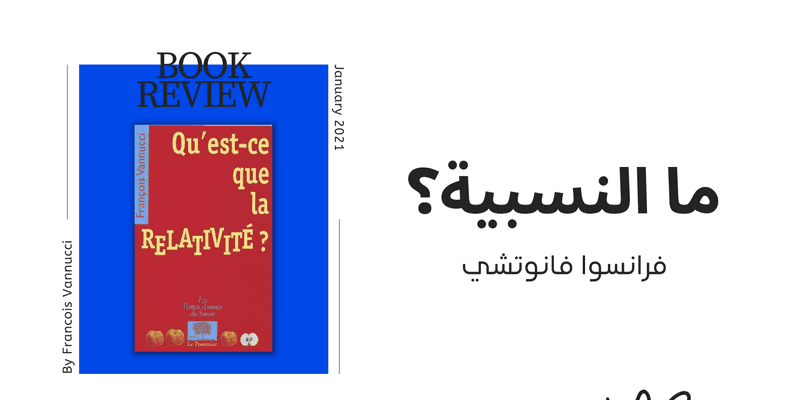
What is Relativity? by François Vannucci: A Disappointing Exploration
January 14, 2021
What is Relativity? by François Vannucci promised an accessible introduction to one of the most profound theories in physics. Unfortunately, the book falls short on several fronts, leaving readers frustrated and confused rather than enlightened.
The first and most glaring issue is the translation. The translation quality is extremely poor, making it difficult to follow the text. Misinterpretations and awkward phrasings are rampant, which detracts significantly from the overall readability and comprehension of the book. This is particularly problematic for a subject as complex as relativity, where precision in language is crucial.
Furthermore, the book does not provide a coherent explanation of the theory of relativity. Instead of presenting a structured overview or a step-by-step explanation, the content feels disjointed. The chapters lack logical progression, and key concepts are not adequately connected. This approach makes it nearly impossible for readers to form a clear picture of what relativity is and how it works.
In addition to the translation issues, the proof tables included in the book are based on the French language, which adds another layer of confusion for readers expecting explanations in English or another more familiar language. Moreover, the Arabic terms used are direct translations from French, rather than using the standard Arabic terminology commonly accepted in the field of physics. This makes it difficult for Arabic-speaking readers to follow the discussions, as the terms do not match what they might have learned from other sources.
Reading What is Relativity? was a challenging and disappointing experience. As someone interested in understanding this fundamental theory, I found the book lacking in clarity and cohesion. The poor translation and disorganised content made it difficult to grasp the basic concepts of relativity.
This experience has underscored the importance of high-quality translations, especially for scientific texts. Accurate translations are essential for conveying complex ideas clearly and effectively. When translations are poorly done, they can obscure the original meaning and hinder the reader’s understanding.
Furthermore, the book’s failure to provide a structured explanation highlights the need for a well-organised approach when discussing complex scientific theories. Readers need a clear introduction, logical progression, and connections between concepts to build their understanding effectively.
Despite these shortcomings, my interest in relativity remains undiminished. I plan to seek out other resources that provide a clearer and more coherent explanation of the theory. There are many well-regarded books and online courses that offer accessible introductions to relativity, and I am eager to explore these alternatives.
What is Relativity? by François Vannucci is a disappointing attempt at explaining one of the most important theories in physics. The poor translation, disjointed content, and use of non-standard terminology make it a frustrating read for anyone trying to understand relativity. For those interested in this topic, I recommend looking for other resources that offer clearer and more accurate explanations.
Going forward, I will focus on finding reputable sources that provide a better introduction to relativity. Books by renowned physicists such as Albert Einstein’s Relativity: The Special and General Theory or more modern texts like Brian Greene’s The Elegant Universe may offer more accessible and informative explanations. Additionally, online courses and lectures from educational platforms can provide structured and comprehensive overviews of the theory.

Comments are currently unavailable.